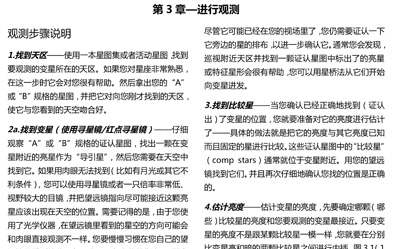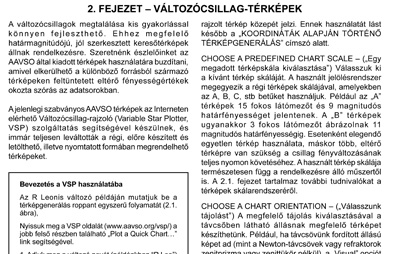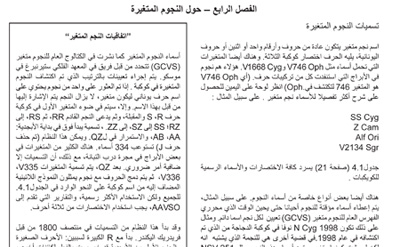
One of the things I love about working at the AAVSO is having the opportunity to work closely with people from around the world and one of the best examples of this cooperation has come with translations of the AAVSO Manual for Visual Observing of Variable Stars.
It all started with a translation of the Manual into French that was published in January 2006. Thanks to a lot of hard work by volunteer Dominique Naillon of Lihons, France this manual was such a success that it inspired others to step forward and volunteer to undertake a translation into their own native language.
The process is straightforward. The translator works with the English language version from the website and sends me a document containing all the text. I then plug it into my InDesign template with all the images and figures and create a formatted PDF document out of it. After a bit of back and forth with the translator during the editing phase, the completed document is posted on the website (http://www.aavso.org/visual-observing-manual).

To date, the Manual has been translated into 12 languages (including two different versions of Chinese) and the 13th translation - Arabic - is in the editing stages. For me, the fun comes with piecing each Manual together which usually means that I have to inspect everything very closely. Since my command of languages is limited to a very poor version of high-school Spanish, this has been an interesting process. Especially when dealing with languages which have a different kind of alphabet and are far removed from the "romance languages" which aren't too hard for me to decipher.
One of my greatest challenges was working on the Persian language translation. Since the English language localization of my computer couldn't handle the right-to-left script, it was necessary for me to run a special program on the text as I imported it into InDesign. This converted most things well, but unfortunately it also reversed the numerals that are written in a left-to-right fashion as well as the English words, acronyms and URLs. In order to fix these, I found that the easiest way was to type in these words again - backwards! Believe me, I got to be pretty good at typing OSVAA!

Since the English version of the Manual was recently revised, we decided that it was time to get all of the translations up-to-date as well. I decided to start by contacting all of the same translators who did the first version, never expecting that nearly all of them would respond immediately to say that they would be happy to do it again. Translating a 60-page long technical manual is not a trivial matter, but to happily offer to do the whole thing again some years later, is truly a wonderful display of dedication.
Based on feedback we have gotten, it seems like these translations are much needed and appreciated. Although, most AAVSO observers have a fairly good command of English since they are able to obtain charts and upload their observation reports successfully, there is nothing like having an easy-to-read instruction manual available in one's native language in order to clarify the finer points of variable star observing. Thanks to the hard work of our team of volunteers this is now a reality for many people around the world who otherwise might not have gotten involved.
Watch this page for announcements about the release of each new version of the Manual as it is completed.


